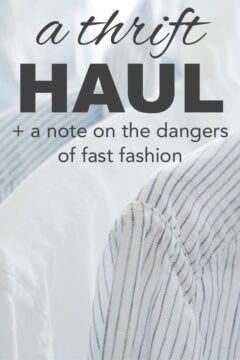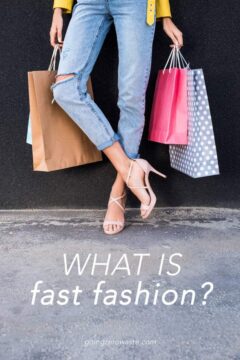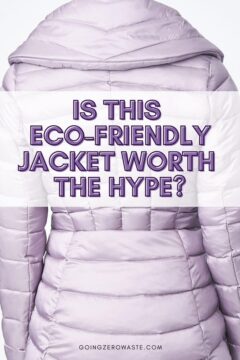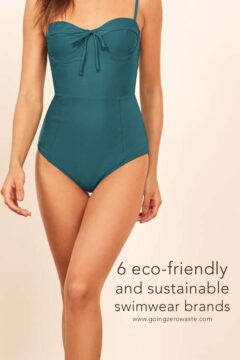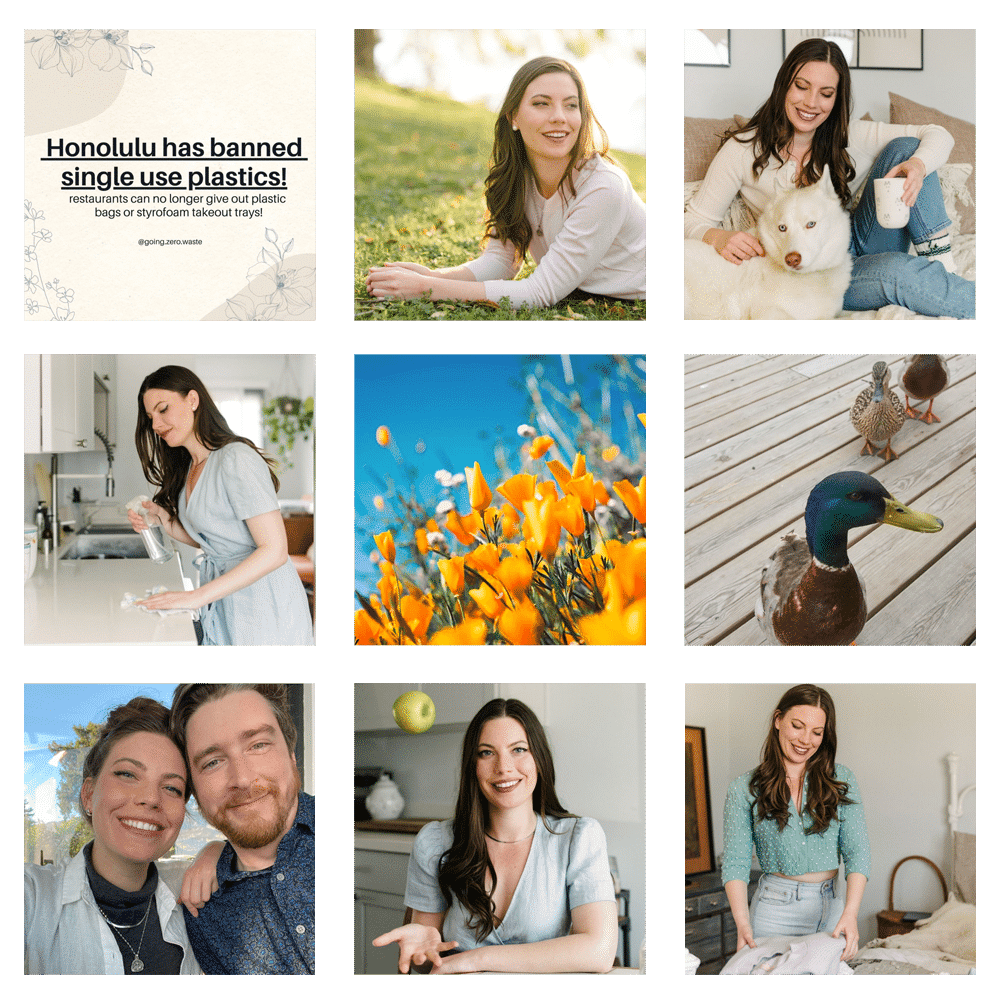Wildling Shoes: Everything You Need to Know About Barefoot Shoes
Sustainable Fashion
May 27, 2021 | Kathryn Kellogg
Last Updated on April 8, 2024
Let me introduce you to Wildling Shoes, the eco-friendly shoe option we’ve all been looking for. And I’ll do you one better: Sustainable shoes that also cater to the health of your feet and overall well-being.
Wildling Shoes is leading the way in shoes that are good for you and the planet. When I first tried on a pair of Wildlings shoes, I was certain my feet were going to hurt from the lack of support. However, Wildling barefoot shoes are made to accommodate how your feet are supposed to work, eliminating foot and body pain! This Wildling Shoes review will show why you should consider a Wildling shoe as you work on your own full-body health.

This post was sponsored by Wildling Shoes; all thoughts and opinions are my own. For more information please see my disclosure policy.
Table of Contents
wildling shoes to the rescue
Running your own business is a lot of work. From shooting videos and photos all weekend to burning the midnight oil typing out well-researched blog posts, it can be difficult to take time for myself. And making my mental and physical health a priority has been essential ever since the pandemic.
I got serious about my supplements, my diet, and taking Nala on a daily walk to get all my steps in. At the end of the year, I had the opportunity to try my very first pair of Wildling barefoot shoes.
I slipped into my first pair of Wildlings shoes and could immediately feel the difference — lighter steps that really make you feel connected to the Earth. They’re amazing for taking on trails because you can feel the ground beneath your feet.
So, if you’re looking for eco-friendly shoes that are going to feel great and encourage mindfulness, look no further. Wildling was kind enough to gift me a pair to test out. So, let’s get down to the review!

what makes wildling shoes unique?
Unlike conventional shoes, a Wildling shoe considers the health of our feet from the very beginning of the crafting process.
A whopping 98% of all children are born with healthy feet, but only 20% maintain that foot health into adulthood. This happens because foot muscles grow weak when they’re unable to move freely and adapt. Thick, stiff soles and footbeds prevent foot muscles from getting the exercise they need.
Wildlings Shoes seek to change that by creating minimalist, eco-friendly shoes that strengthen our foot muscles. They create an incredibly light shoe made from natural materials whenever possible. They deliberately avoid using shaping elements such as toe and heel caps too.
One of the main differences is that these shoes are molded to the natural shape of your foot. The shoe is supposed to act kind of like a second skin and adapts to become your foot’s unique, personalized companion.
The shoes are also lower to the ground. They have zero drop and an extremely thin and flexible sole, so they strengthen your foot, lead to healthier feet, and help you become more conscious of your surroundings.
Conventional shoes can create long, hard strides, and you rarely notice the ground underneath you. With minimal shoes, you’re more conscious, causing you to instinctively adjust your gait.
It makes your stride shorter, gentler, and more mindful! Wearing barefoot shoes is a way to quite literally help you feel the ground beneath your feet.

thoughts about the wildlings shoes
I was anxious to give my Wildling Shoes review because I love the idea of shoes that contribute to my overall health instead of being detrimental to it.
When I got my pair, I could absolutely feel the difference compared to traditional shoes. Most walking shoes have thick soles that wind up weakening our foot muscles.
The first time I put a Wildling shoe on, my foot could spread out more, and I could feel my foot muscles work differently. The materials are super soft and the textiles are flexible, so I haven’t had a problem with pinching, chafing, or blisters!
The soles are thinner, so I’ve noticed my strides have become a lot shorter and gentler too. I’m walking way more mindfully and conscientiously of where I’m stepping, whereas with regular shoes, I barely noticed the ground underneath my feet.
Just because they have thin soles doesn’t mean they’re of lesser quality — if anything, it’s the opposite. After nearly two years of intensive development work, Wildling has created a shoe that protects feet from weather and injuries without restricting their natural movement.

wildling barefoot shoes sustainability
Wildling makes minimal barefoot shoes from all-natural materials. They use cotton, hemp, wool, linen, and cork wherever possible when crafting every Wildling shoe.
Wildling uses plastic at a minimum — and it’s typically from recycled materials, which I love.
Wildling is also a minimalist shoe brand, so overall, there are fewer resources and materials needed to make the shoe in the first place, which means the products have a low impact on the planet.
When selecting their production partners, they’ve chosen ones in compliance with fair working conditions and environmental standards. They regularly visit their production partners to carry out quality controls and take a look behind the scenes.
Wildling is also a part of 1% For The Planet, meaning they donate 1% of their annual turnover to nonprofits that help the environment.
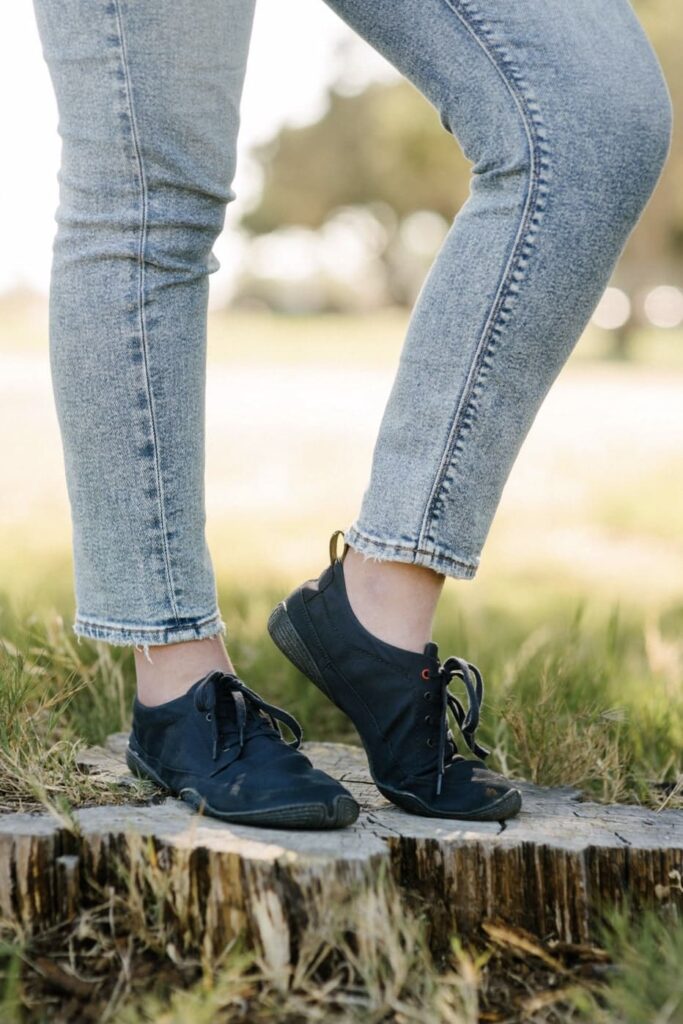
wildling shoe environmental contributions
The company participates in a number of sustainable projects, including one they’re about to announce: They’re working to rewild Europe to help with reforestation! As a certified B-corp, Wildling continually shows that they work to be regenerative at all levels of their process — and ‘evolve continually in the process.’
On top of these eco projects, Wildling values slow fashion and optimized planning. They make sure no shoes are leftover, always upcycle leftover materials, and ultimately find ways for everything to be reused or recycled.
I want to give a huge shoutout and thank you to Wildling for sponsoring this post! I’ve had a pair of their Nebula’s for almost two years, and they’ve held up beautifully. I’m excited to have just gotten my second pair, the Tanuki Umi!
If you’re looking for a new pair of eco-friendly shoes, you should check out Wildling Shoes!
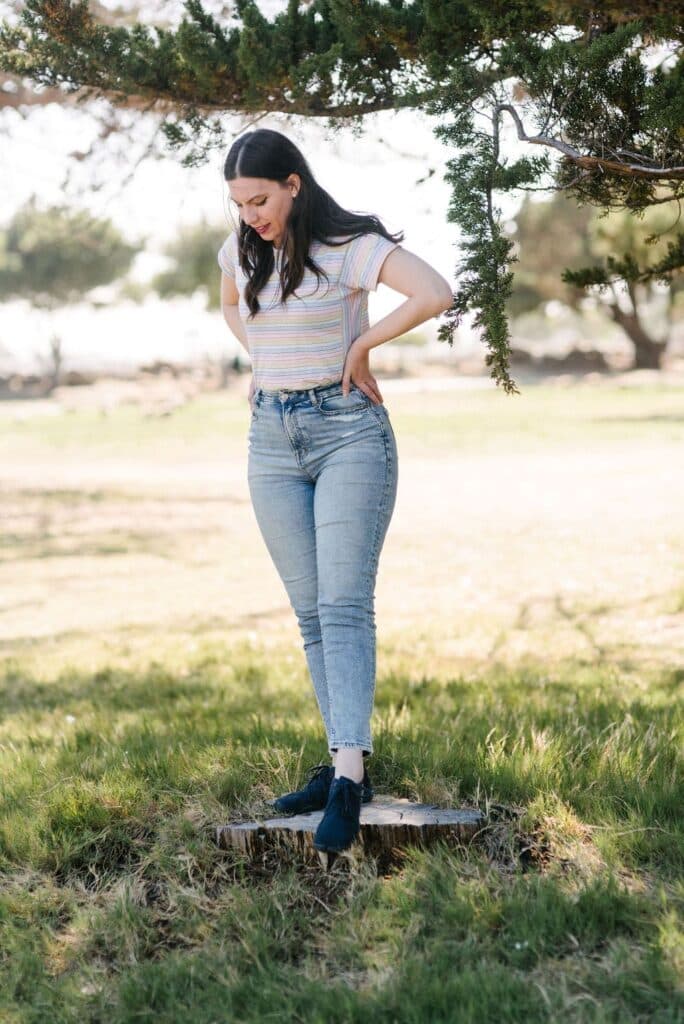
faqs
did you wear these shoes before being compensated for your wildling shoes review?
I sure did! As stated above, I had my first pair of Wilding shoes for over two years before being gifted a fresh pair to review. They’re different styles of the same brand, and I love them both equally!
does it hurt to wear barefoot shoes at first?
It certainly can! Just like you may be sore after going to the gym the first time, your foot muscles can be sore after being forced to work the first few times you wear your shoes. Rest assured, it’s part of the strengthening process and is actually good in the long run! You can ease into it by wearing your barefoot shoes for just a few hours at a time while you adjust.
can barefoot shoes help with back pain?
It’s not a surefire fix, depending on the root cause of your back pain. However, most traditional shoes put your foot at a slope, with the heel being higher than the toes. This throws off your entire body alignment and affects your gait, which can lead to overcompensation by your lower back muscles and strain. By correcting your alignment and posture, you may find that many of your aches and pains improve!


